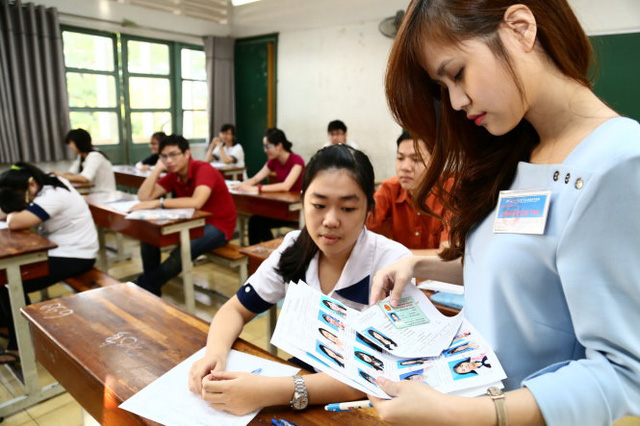Five Vietnamese institutions for higher education have been listed in a ranking of Asian universities, placing them amongst the top 400 universities on the continent.
In the 2017 QS University Rankings: Asia, five Vietnamese schools made the list, a boost to Vietnam’s contribution from two and three in 2016 and 2015, respectively.
QS Intelligence Unit (QSIU), an independent source of global intelligence in the higher education sector, provides comprehensive rankings for universities around world.
The QS ranking is a tiered list, with the first 250 schools in the top tier, followed by separate tiers for 251-260, 261-270, 291-300, 301-350, and 351-400.
Leading the Vietnamese schools, the Vietnam National University-Hanoi (VNU-Hanoi) was listed at 139, followed by the Vietnam National University-Ho Chi Minh City (VNU-HCM) at 142, a five-spot jump from 2016.
Having both of Vietnam’s national universities listed amongst the top-150 is a significant achievement for the Southeast Asian country.
Can Tho University in southern Vietnam, Hue University in central Vietnam, and the Hanoi University of Science and Technology were grouped in 291-300, 301-350 and 351-400 respectively.
The top 10 universities listed for Asia included two schools from Singapore, four from Hong Kong, three from mainland China, and one from Korea.
The National University of Singapore topped the chart for Asia, maintaining its rank the 3rd year in a row.
QSIU relies on ten Indicators for the ranking of the universities, with their proportions as follows:
1. Academic Reputation from Global Survey 30%
2. Employer Reputation from Global Survey 20%
3. Faculty Student Ratio 15%
4. Citations per Paper from Scopus 10%
5. Papers per Faculty from Scopus 10%
6. Proportion of staff with PhD 5%
7. Proportion of International Students 2.5%
8. Proportion of International Faculty 2.5%
9. Proportion of Inbound Exchange Students 2.5%
10. Proportion of Outbound Exchange Students 2.5%
(Scopus is the world’s largest abstract and citation database of peer-reviewed academic literature.)
Commenting on Indicator 5, Prof. Nguyen Huu Duc, vice-president of VNU-Hanoi, says the average number of published journal articles per Asian lecturer from 2011-2015 was 4.5, while that per Vietnamese lecturer was a modest 0.7 (or 0.14 journal articles produced per year).
However, Vietnamese schools are making improvements elsewhere.
In 2017, the Faculty Student Ratio score neared the overall average (31.7 for VNU-Hanoi) along with citations per paper from Scopus (39.3 for VNU-Hanoi and 36.5 for VNU-HCM).
Concerning Academic and Employer Reputation from Global Survey, both VNU-Hanoi and VNU-HCM fared above average among the listed Asian schools.
Like us on Facebook or follow us on Twitter to get the latest news about Vietnam!



















































